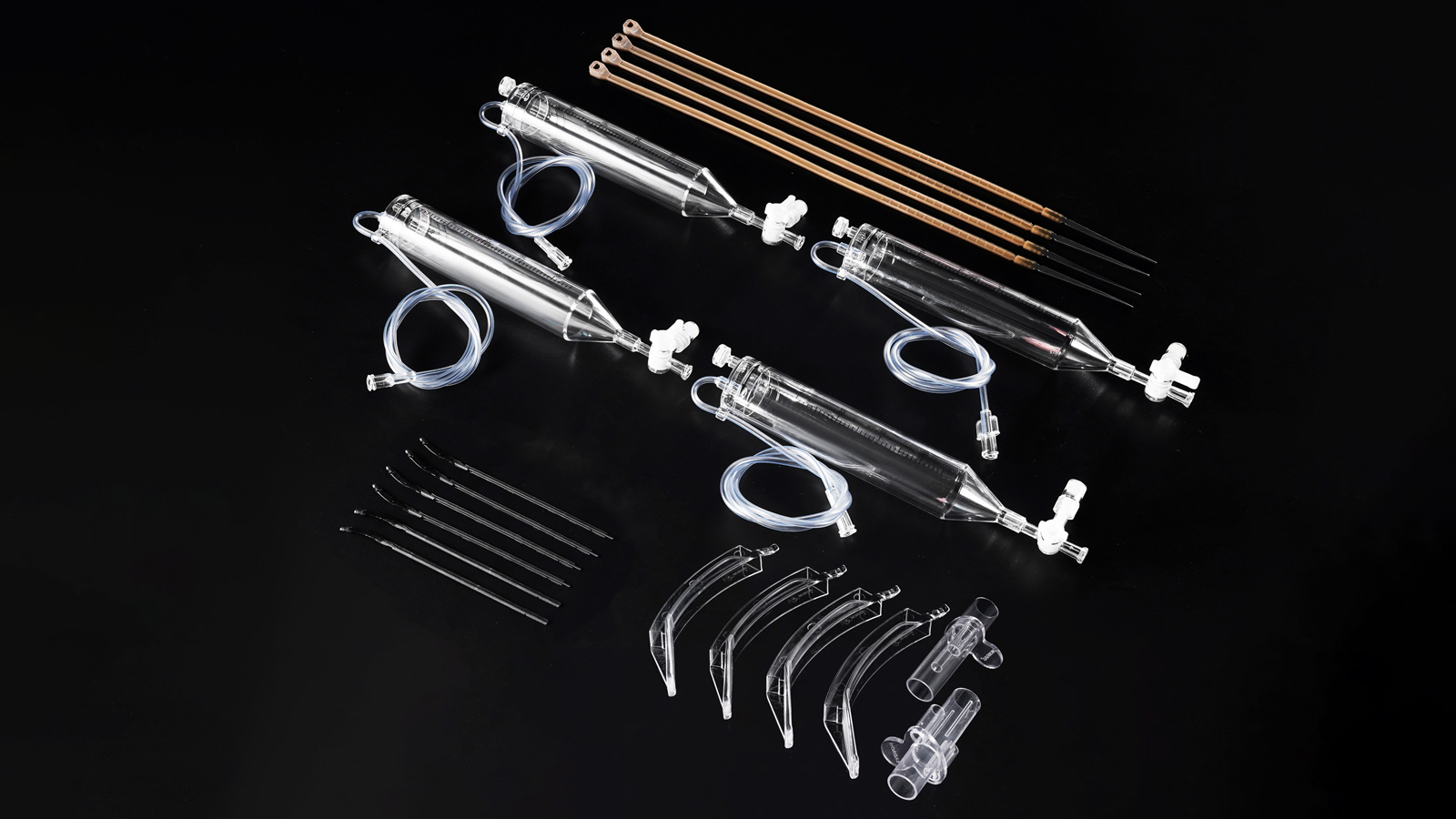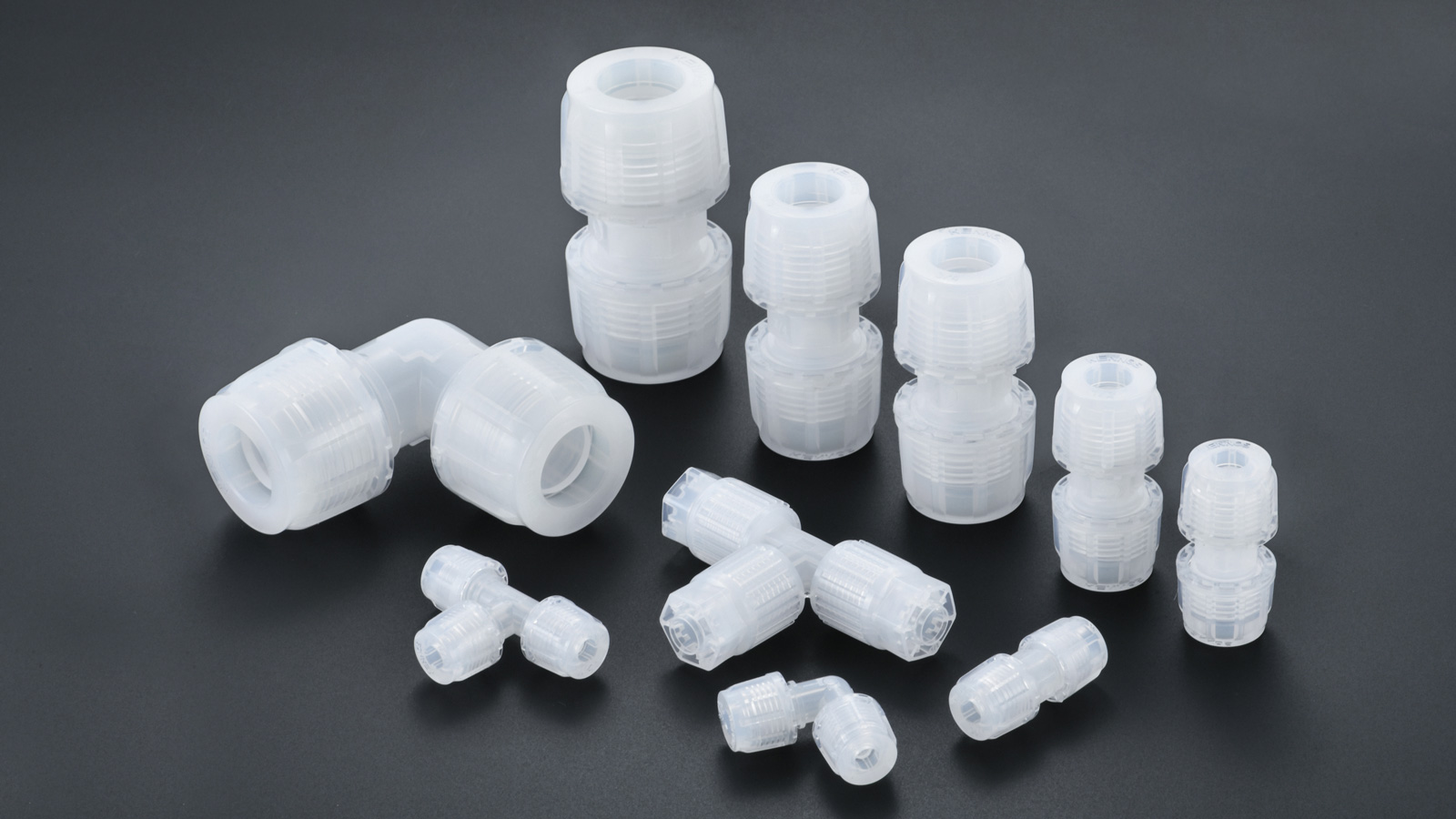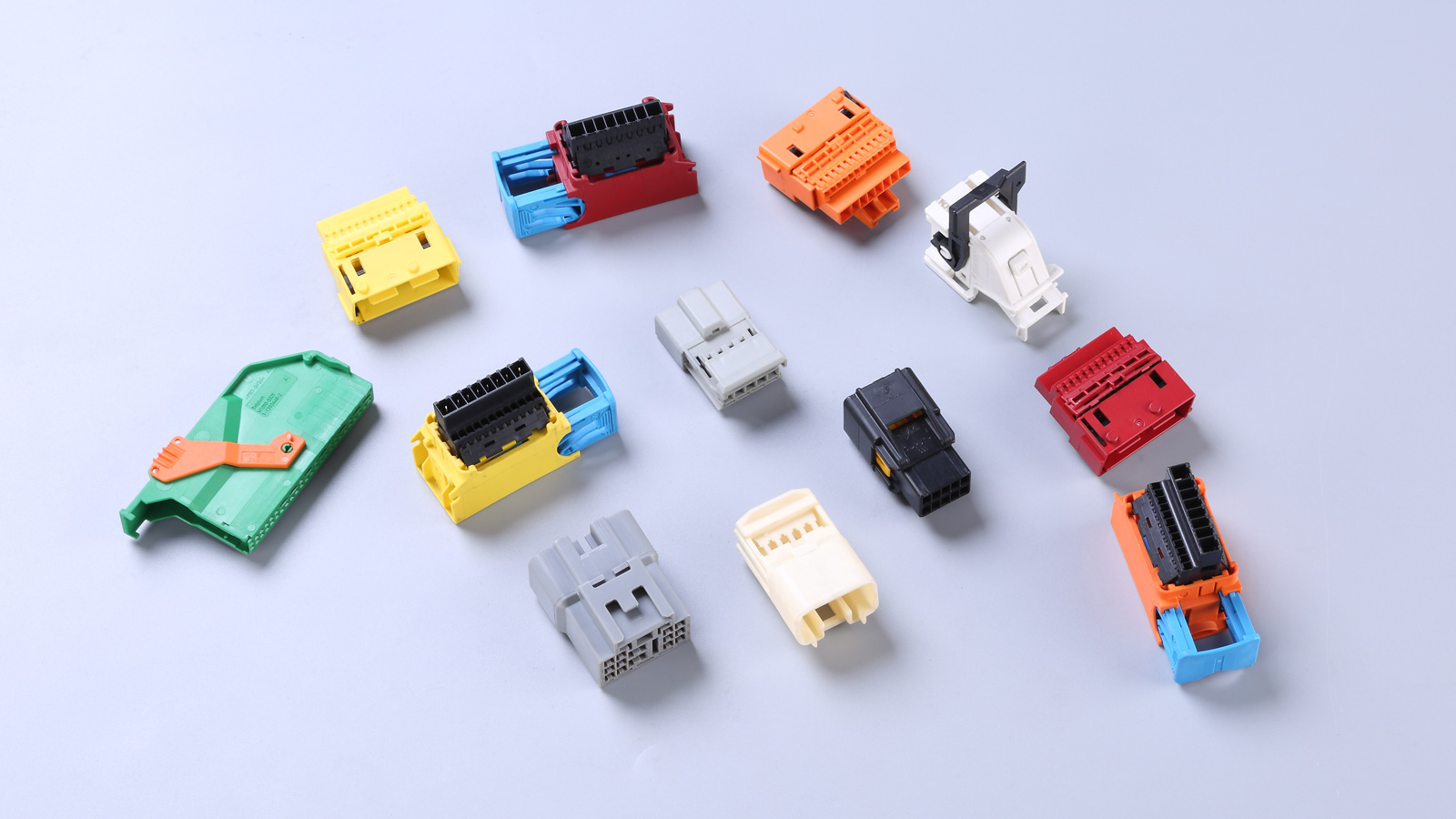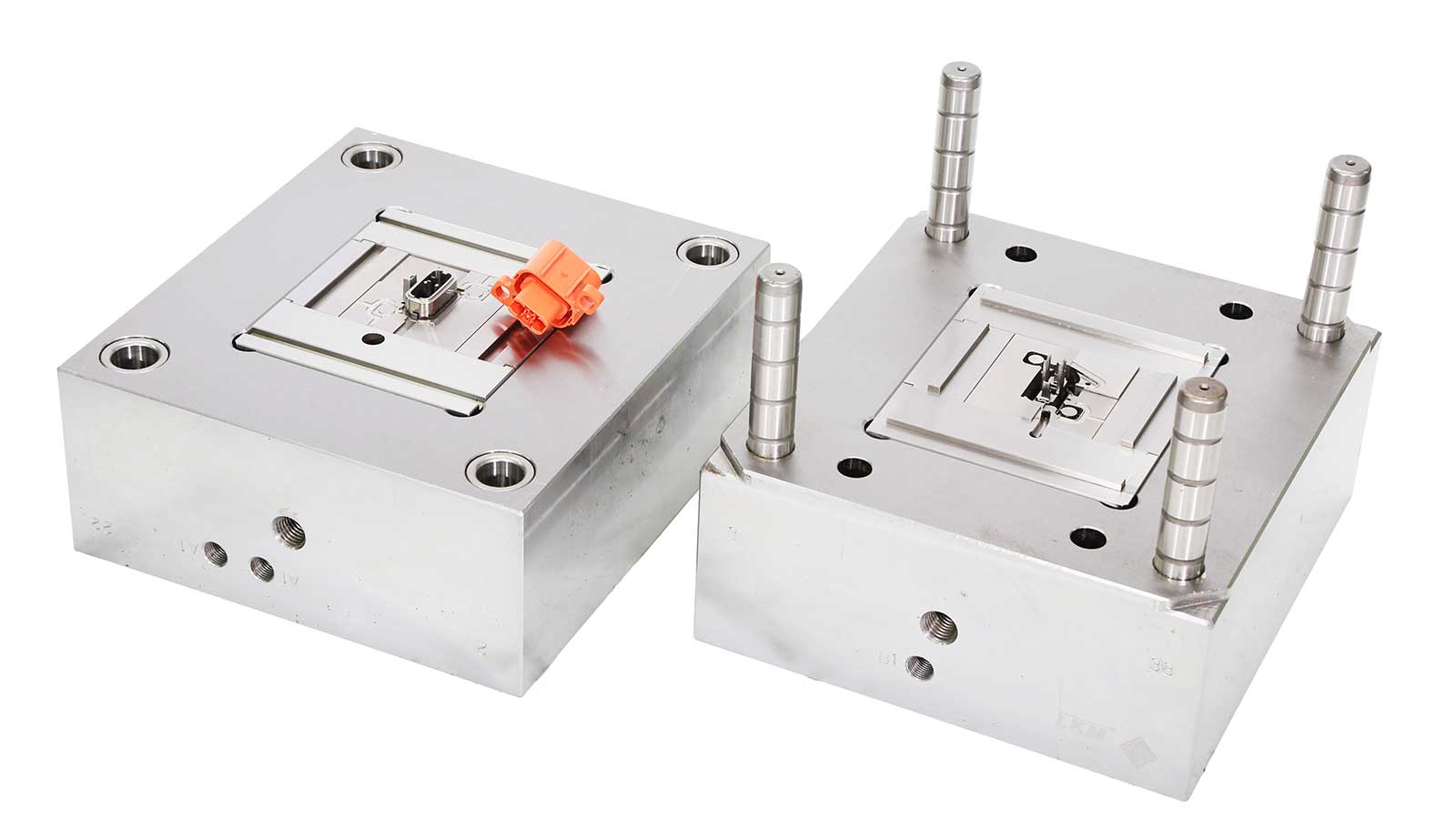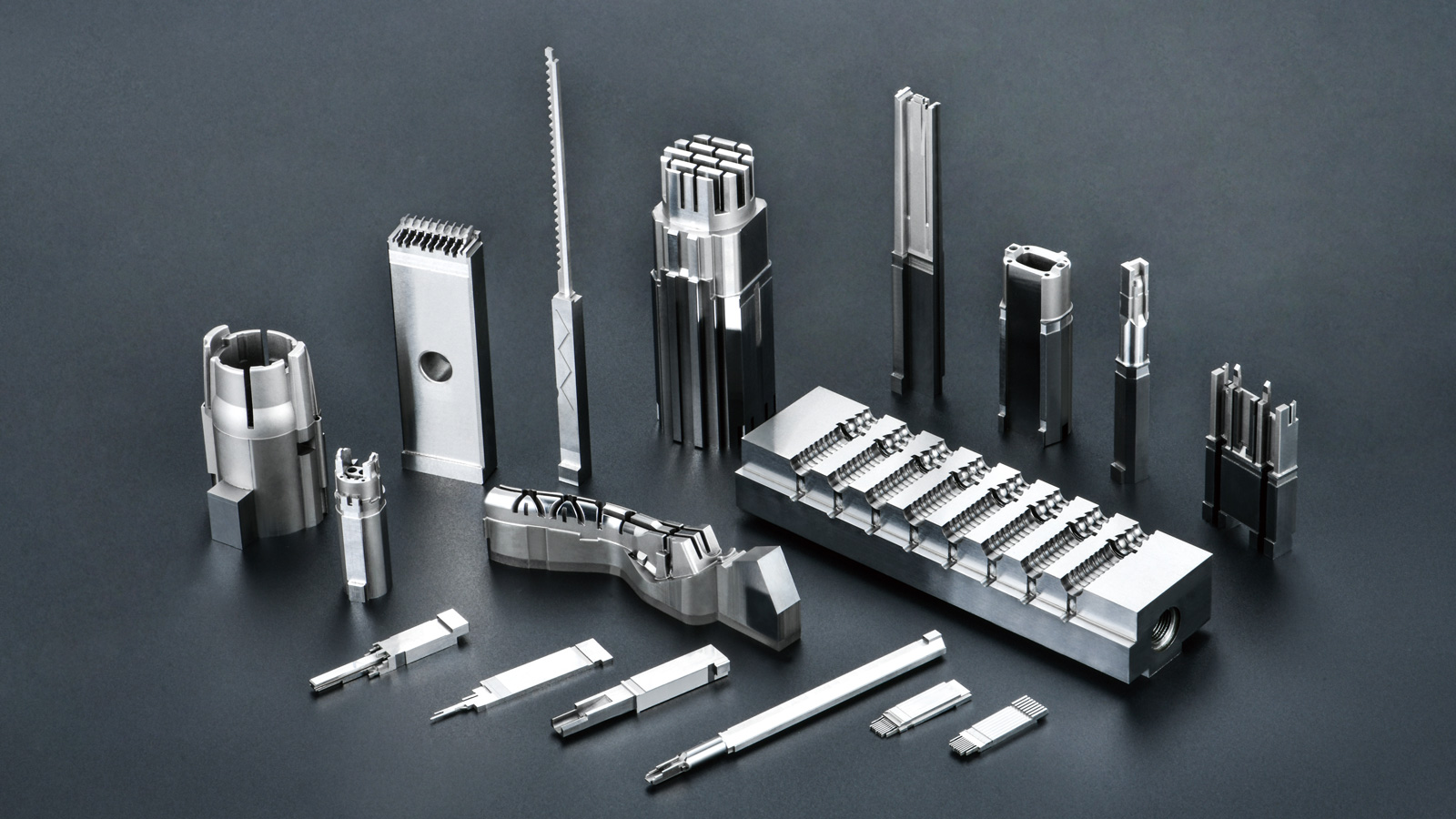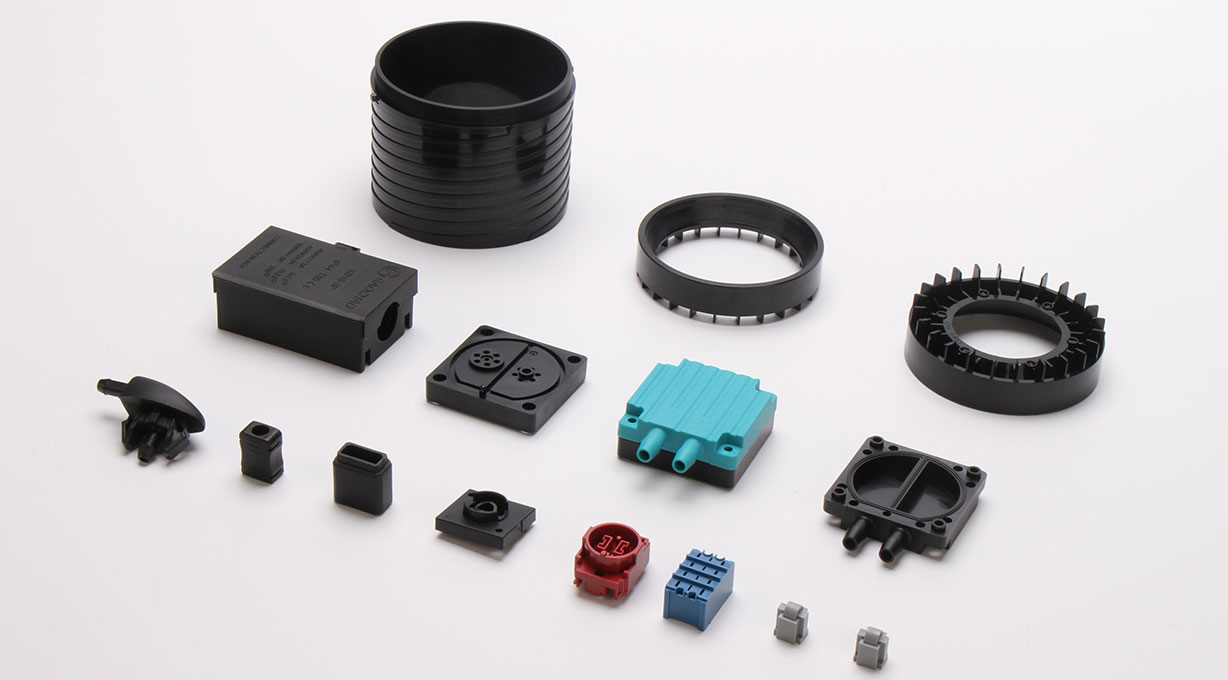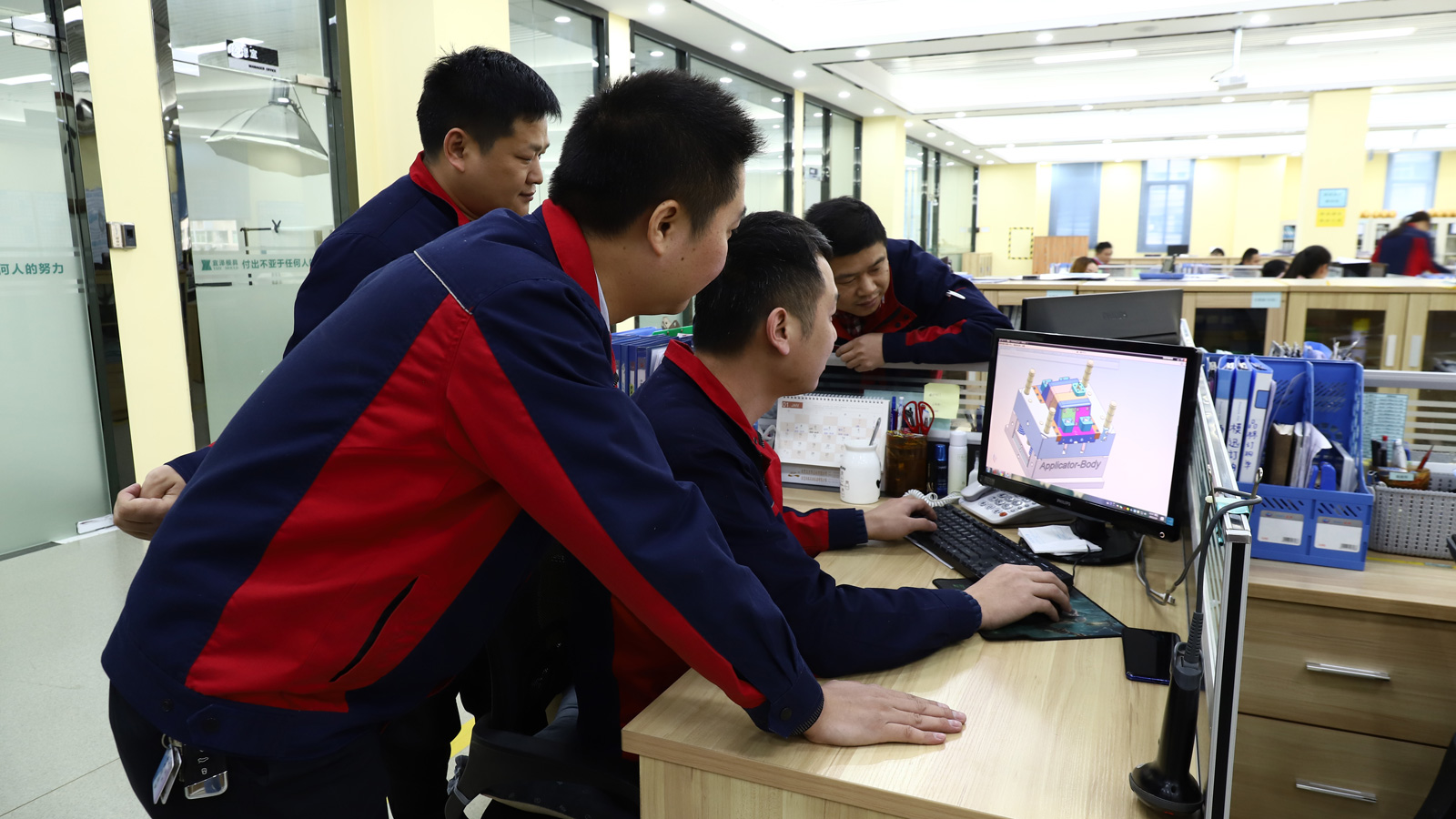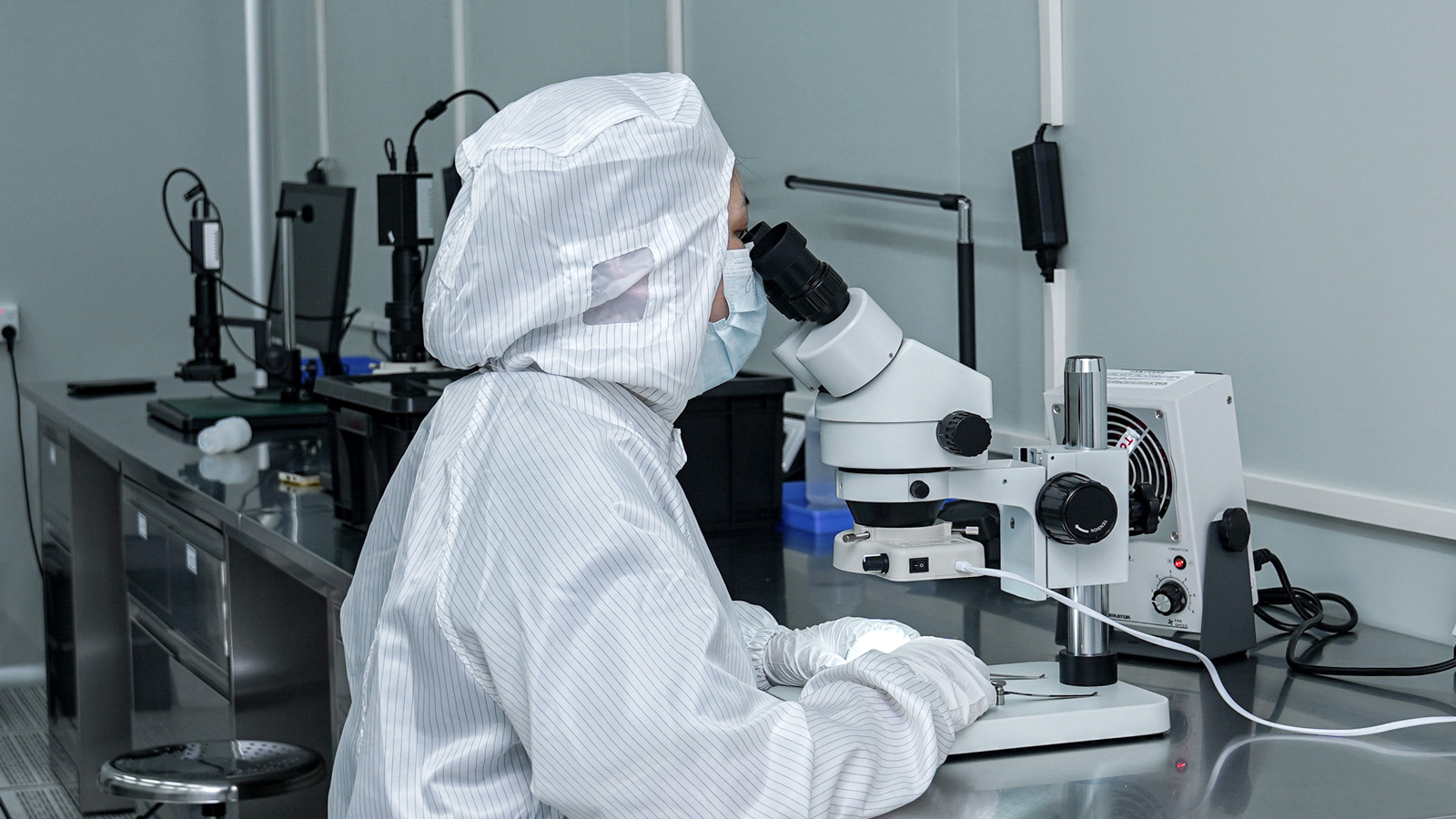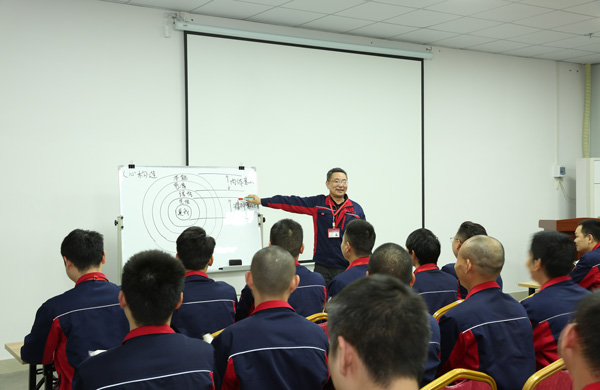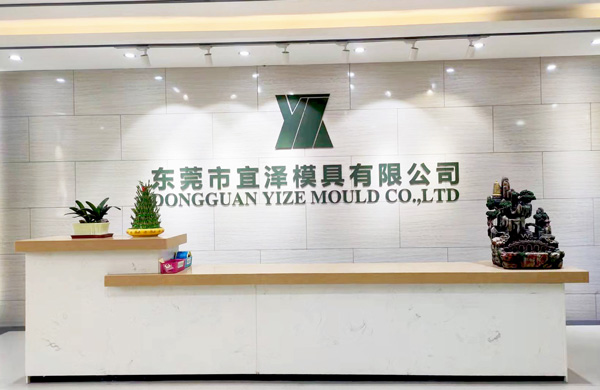In the field of injection mold manufacturing, gas – assisted injection molding technology is widely used in the production of various complex plastic products due to its unique advantages, such as reducing product weight, lowering molding pressure, and minimizing internal stress in products. However, the debugging process of the gas – assisted injection molding process is relatively complex. Improper operation can easily lead to various quality problems. Below, we will discuss in detail the key precautions during the debugging of the gas – assisted injection molding process for injection molds.
1. Ensure Balanced Gas Inlet at Gas Needles and Check Flow Smoothness
For injection molds with gas – needle panels, an unbalanced gas inlet at the gas needles during gas press – in and venting is a common and tricky issue, adding difficulty to the debugging work. The most intuitive manifestation of an unbalanced gas inlet is product shrinkage, which seriously affects the appearance and dimensional accuracy of the product.
To solve this problem, the key is to check the gas flow smoothness during venting carefully. You can observe the gas discharge situation, such as the speed and continuity of gas discharge, to determine whether there is an unbalanced gas inlet. If the gas discharge is not smooth, promptly adjust the position, angle of the gas needles, or replace them to ensure that the gas can enter the mold evenly and smoothly, thus avoiding problems like shrinkage.
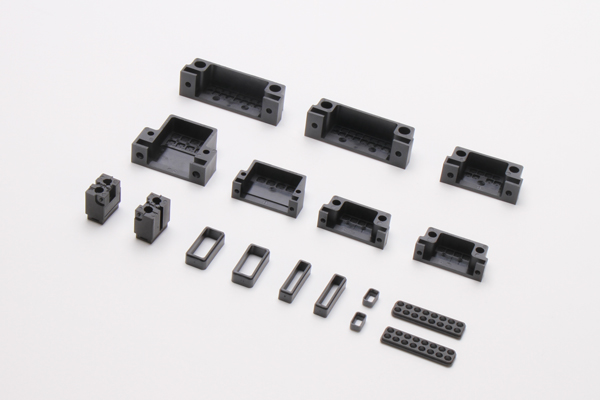
2. Strictly Control the Temperature of the Rubber Compound for Stable Quality
The temperature of the rubber compound is one of the key factors affecting the normal production of injection molds. In the gas – assisted injection molding process, it has an even more significant impact on product quality. The quality of gas – assisted injection – molded products is extremely sensitive to the temperature of the rubber compound. Even small temperature fluctuations can cause various defects in the product.
When the nozzle material temperature is too high, the rubber compound is prone to thermal degradation, resulting in phenomena such as material flow marks and scorching, which mar the appearance of the product. When the material temperature is too low, the fluidity of the rubber compound deteriorates, leading to the formation of cold rubber, a cold nozzle, and even the blockage of gas needles, affecting the normal injection of gas and causing product shrinkage.
Therefore, during the debugging of the gas – assisted injection molding process, it is essential to strictly check whether the temperature of the rubber compound is reasonable. You can install temperature sensors to monitor the material temperature in real – time and adjust the temperature of the heating system according to product requirements and process parameters to ensure that the material temperature remains within an appropriate range.
3. Carefully Check the Seal of the Needle – Type Nozzle to Solve Overflow Early
When checking the back – feeding of the needle – type nozzle in manual mode, overflow is a key issue that requires close attention. If overflow occurs during the back – feeding of the nozzle, it indicates that the gas – assisted needle has not completely sealed the nozzle.
During the gas injection process, high – pressure gas will flow back into the material pipe along the unsealed gap. This not only causes large – area scorching and material flow marks at the sprue, affecting the appearance quality of the product, but also significantly reduces the back – feeding time, disrupting the normal production rhythm. In addition, when the needle is opened, gas will be discharged, further proving that there is a sealing problem with the needle.
The main solution to this problem is to adjust the length of the needle pull rod. By precisely adjusting the length of the pull rod, the needle can fit tightly against the nozzle, ensuring a good sealing effect and preventing the back – flow of high – pressure gas, thus avoiding the above – mentioned problems.
4. Regularly Check the Sensitivity of the Gas – Assisted Sensors to Prevent Losses
Gas – assisted sensors play a crucial role in the gas – assisted injection molding process. They can monitor various parameters in real – time during the gas – assisted injection molding process, such as gas pressure and flow rate, and feed the signals back to the control system to ensure the stable operation of the entire molding process.
If the gas – assisted sensors are not sensitive, they cannot provide timely and accurate feedback information. The control system may not be able to make correct adjustments, leading to unnecessary losses. For example, it may result in excessive or insufficient gas injection, affecting the quality and performance of the product. Or it may fail to detect abnormal situations inside the mold in a timely manner, such as gas – needle blockage and gas leakage, triggering more serious production accidents.
Therefore, during the process debugging, it is necessary to check the sensitivity of the gas – assisted sensors regularly. You can test the sensors by simulating actual working conditions and observe whether the feedback signals are accurate and timely. If the sensors are found to be insensitive, they should be repaired or replaced promptly to ensure they are always in good working condition.
5. Skillfully Deal with Shrinkage by Appropriately Reducing the Rubber Compound
In the gas – assisted injection molding process, the product relies on gas pressurization to ensure its molding quality. When the product shows shrinkage, the amount of rubber compound can be appropriately reduced.
The main purpose of reducing the rubber compound is to reduce the internal pressure and space of the product, making it easier for the gas to penetrate to the thicker parts of the rubber position for pressurization. By reasonably controlling the amount of rubber compound and optimizing the product structure design, the gas can be evenly distributed inside the mold, fully exerting the pressurization effect of the gas, effectively solving the product shrinkage problem, and improving the molding quality of the product.
The debugging of the gas – assisted injection molding process for injection molds is a meticulous and complex task that requires operators to have rich experience and professional knowledge. Only by strictly controlling the above – mentioned precautions can the smooth progress of the gas – assisted injection molding process be ensured, and high – quality plastic products be produced. I hope the above content can be helpful to friends engaged in the gas – assisted injection molding of injection molds.
